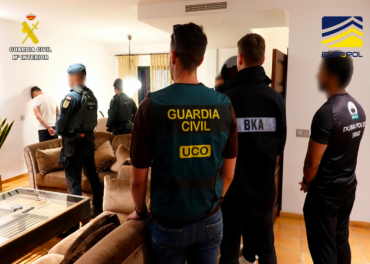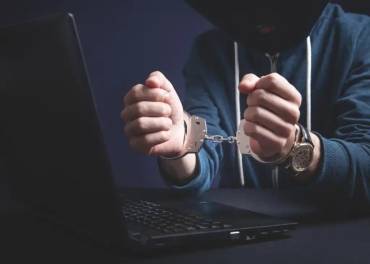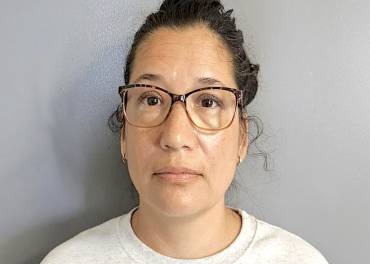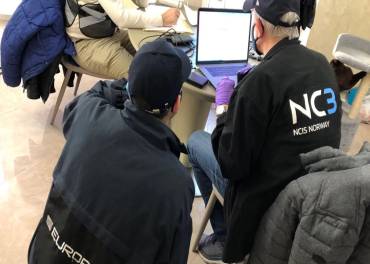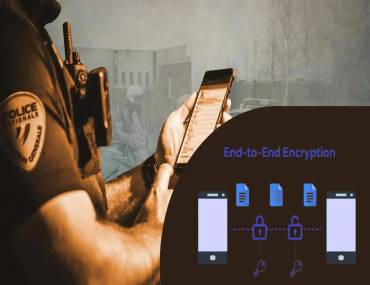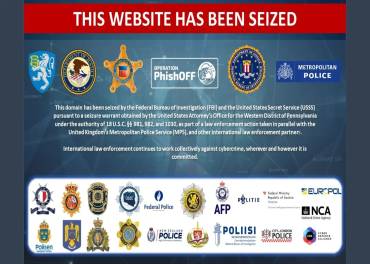Child sexual exploitation refers to the sexual abuse of a person below the age of 18, as well as to the production of images of such abuse and the sharing of those images online.
Online child sexual exploitation is a constantly evolving phenomenon and is shaped by developments in technology. Mobile connectivity, growing internet coverage in developing countries and the development of pay-as-you-go streaming solutions, which provide a high degree of anonymity to the viewer, are furthering the trend in the commercial live-streaming of child sexual abuse.
Europol has identified key threats in the area of child sexual exploitation:
- Peer-to-peer (P2P) networks and anonymised access like Darknet networks (e.g. Tor). These computer environments remain the main platform to access child abuse material and the principal means for non-commercial distribution. These are invariably attractive for offenders and easy to use. The greater level of anonymity and the strong networking possibilities offered by hidden internet that exists beneath the “surface web” appear to make criminals more comfortable in offending and discussing their sexual interests.
- Live-streaming of child sexual abuse. Facilitated by new technology, one trend concerns the profit-driven abuse of children overseas, live in front of a camera at the request of westerners.
To a lesser degree, there is also some evidence that forms of commercial child sexual exploitation such as on-demand live streaming of abuse is also contributing to the rise of the amount of CSEM online.
Live distant child abuse has the most obvious links with commercial distribution of CSEM. As new and/or unseen CSEM is valuable currency within the offending community, live distant abuse is therefore a way to not only acquire more CSEM, but to simultaneously generate material with a high ‘value’.
- Online solicitation and sexual extortion. The growing number of children and teenagers who own smartphones has been accompanied by the production of self-generated indecent material. Such material, initially shared with innocent intent, often finds its way to “collectors”, who often proceed to exploit the victim, in particular by means of extortion.
- Networking and forensic awareness of offenders. Offenders learn from the mistakes of those that have been apprehended by law enforcement.
Assistance and expertise
Europol’s European Cybercrime Centre (EC3) supports the competent authorities in Member States in preventing and detecting all forms of criminality associated with the sexual exploitation of children.
It provides assistance and expertise in combatting the distribution of child abuse material through all kinds of online environments, and tackles all forms of criminal online behaviour against children, such as grooming, self-generated indecent material, sexual extortion and live-streaming on the web.
Fighting the distribution of child abuse material includes preventing and intercepting it, and stopping it from being shared through peer-to-peer networks, as well as through commercial platforms. In this regard, EC3 is involved in the European Financial Coalition against Commercial Sexual Exploitation of Children Online (EFC), a network funded by the European Commission composed of law enforcement, NGOs and public and private sector stakeholders.
EC3 is also involved in the Virtual Global Taskforce (VGT), a collaborative partnership of law enforcement agencies, who have come together across the digital divide to combat online child sexual abuse worldwide. The Report Abuse button on the VGT website is an effective way to report suspicious online behaviour.
Cooperation at an international level has proven to be very effective in identifying victims of child sexual abuse and exploitation. In 2015 Europol hosted a Victim Identification Taskforce, which resulted in 240 new collections of material being uploaded to Interpol’s child sexual exploitation image database and the extension of the existing 100 collections.
In addition, Europol’s Project HAVEN (Halting Europeans Abusing Victims in Every Nation) supports EU Member States in detecting and intercepting child sexual offenders travelling abroad to abuse children.
UPDATE ON CHILD SEXUAL EXPLOITATION
Cocaine Cartel
Cocaine cartel collapses after final arrests by the Spanish Civil Guard (Guardia Civil) and Europol in Spain The criminal network, with leaders...
Read morePreventing Fraud
Despite the devastating consequences of fraud, it can be prevented through several strategies and best practices. These include fortifying...
Read moreParis, Missouri Woman Arrested
PARIS, Mo. — A request for a bond reduction was denied Tuesday afternoon during a hearing for a former public administrator for Monroe County...
Read moreRansomware Attack
In a significant breakthrough in the fight against cybercrime, law enforcement from 10 countries have disrupted the criminal operation of the...
Read moreComprehensive Fraud Case Study and Prevention
In a world where financial transactions are increasingly complex and technology-driven, understanding the dangers of fraud and its consequences is...
Read moreLaundering Crypto
US arrests 2 Chinese for laundering $73M tied to crypto scams Cryptocurrency wallet involved in scheme received more than $341M in virtual assets...
Read moreThe Largest Bankruptcy in U.S. History Involving Over $60 Billion
The WorldCom debacle is another prime example of corporate fraud, with the telecommunications company inflating its assets by approximately $11...
Read moreEnd-To-End Encryption
European Police Chiefs said that the complementary partnership between law enforcement agencies and the technology industry is at risk due to...
Read morePhishing-as-a-Service Provider LabHost Disrupted
LabHost facilitated the phishing of users of hundreds of financial institutions worldwide for monthly subscription fee This week, law enforcement...
Read more
